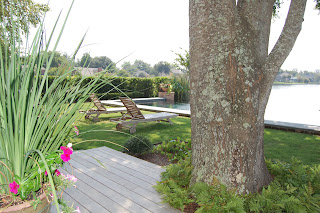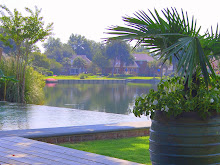1. PROGRAM DEVELOPMENT PHASE
INITIAL CONVERSATION BETWEEN CLIENT AND DESIGNER
COLLECTION OF PERTINENT SITE DOCUMENTS FROM CLIENT
CLIENTS CRITERIA CONSIDERED
INITIAL SITE INVENTORY
CLIENTS VALUES AND BIASES CONSIDERED
CODE REQUIREMENTS CONSIDERED
COMMUNITY STANDARS CONSIDERED
DESIGNER’S VALUES AND BIASES CONSIDERED
FUTURE MARKET OPPORTUNITIES CONSIDERED
VERNACULAR CONTEXT CONSIDERED
CLIMATE AND MICROCLIMATE CONSIDERED
IMAGE AND STYLE CONSIDERED
PRECEDENT AND ANALOGY CONSIDERED
PROGRAM SYSNTHESIS
2. SCHEMATIC DESIGN DEVELOPMENT PHASE
SITE CONTEXT DETERMINED
ENVIRONMENTAL OBJECTIVES DETERMINED
CIRCULATION AND MOVEMENT DETERMINED
BEHAVIORAL CRITERIA DETERMINED
FACILITIES AND ACTIVITIES DETERMINED
FUNCTIONAL RELATIONSHIPS DETERMINED
SCHEMATIC PLAN PREPARED
CLIENT REVIEW WITH DESIGNER
INVOICE
NECESSARY REVISIONS DISCUSSED
3. CONSTRUCTION DEVELOPMENT PHASE
DETAILED LAYOUT PLAN WITH DIMENSIONS PREPARED
ELEVATIONS (AS NECESSARY)
SECTIONS (AS NECESSARY)
DETAILS (AS NECESSARY)
SPECIFICATIONS
CLIENT REVIEW WITH DESIGNER
INVOICE
BID REQUESTS SENT OUT
4. PLANTING PLAN DEVELOPMENT PHASE
PLANTING PLAN PREPARED
LAYOUT
QUANTITY
SPECIES
PLACEMENT
SPECIFICATIONS
LIGHTING PLAN PREPARED
CLIENT REVIEW WITH DESIGNER
INVOICE
BID REQUESTS SENT OUT













